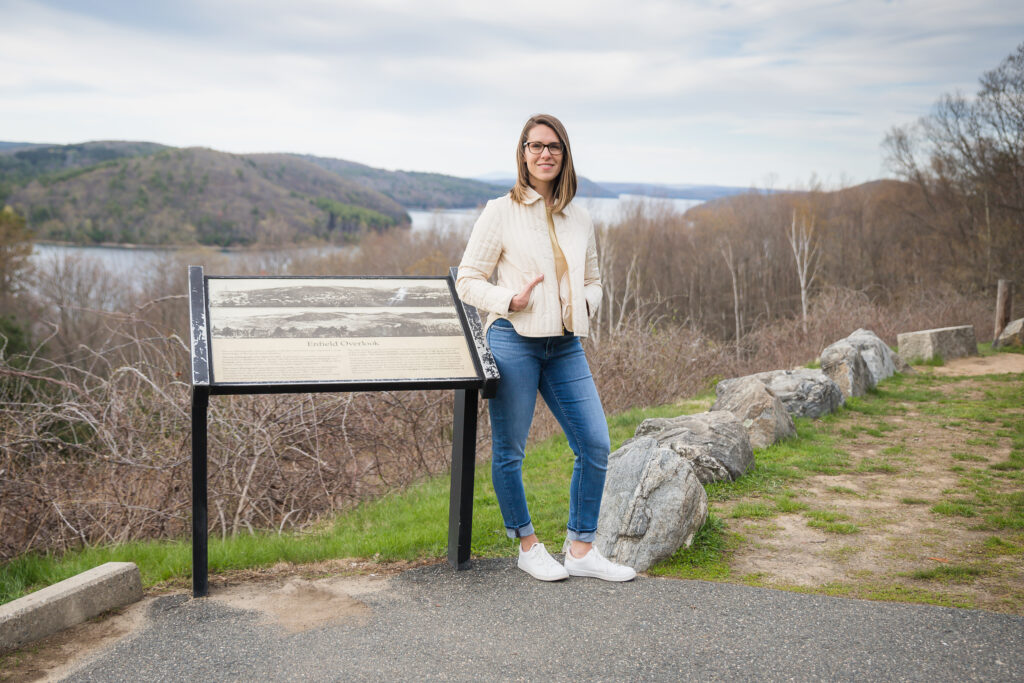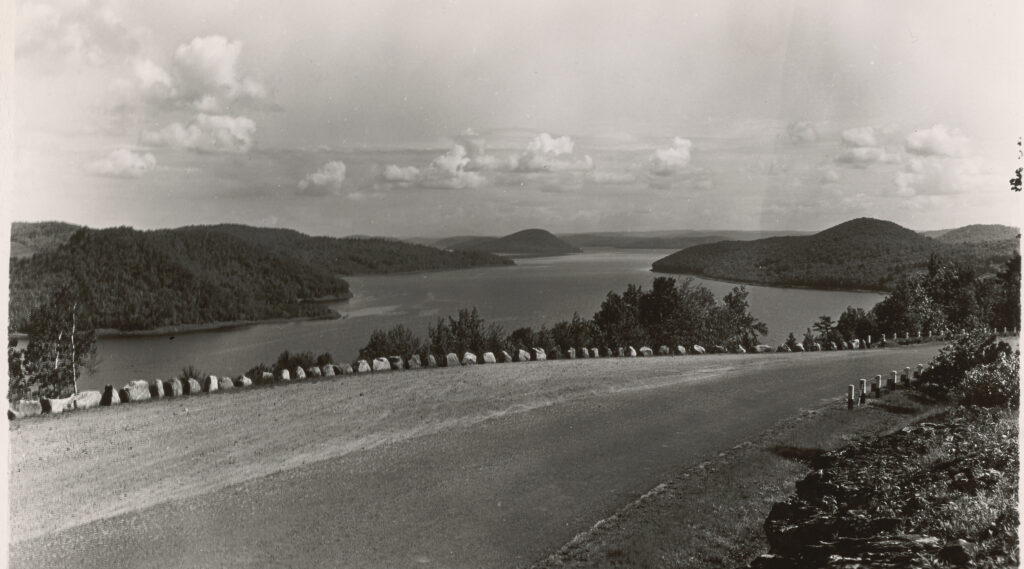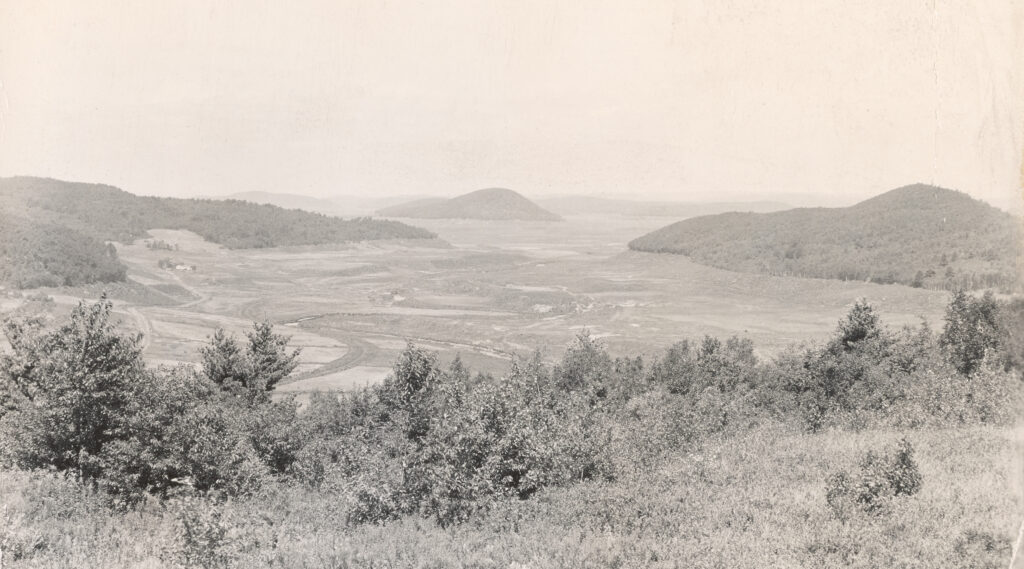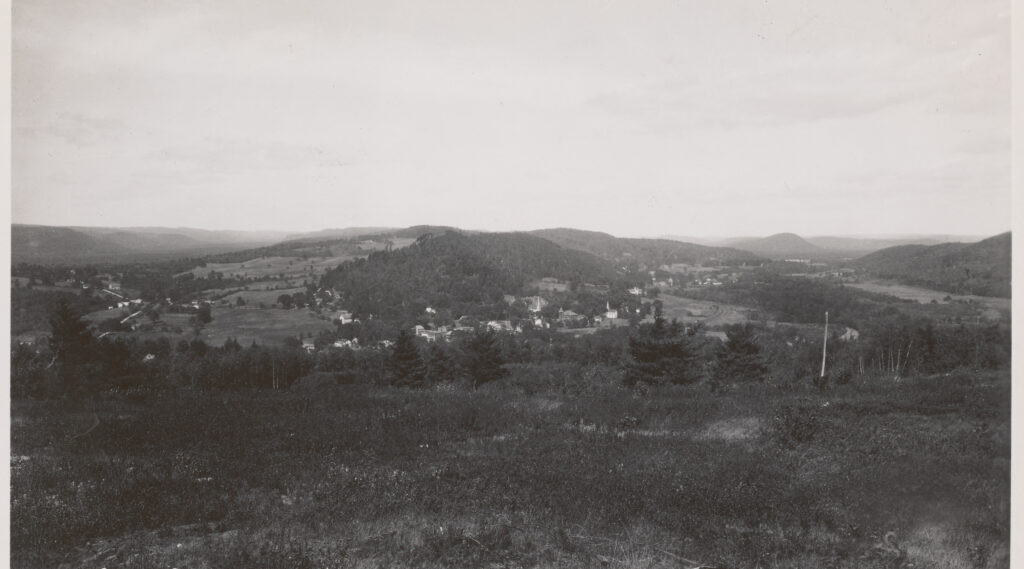Did you know that in 1938, four Massachusetts towns disappeared?

At the start of the twentieth century, Boston needed water. The Commonwealth of Massachusetts disincorporated the towns of Enfield, Greenwich, Dana and Prescott in 1938 in order to build a massive reservoir of water in the middle of the state.
At the time of its completion in 1946, the Quabbin Reservoir was the largest man-made reservoir in the world and was heralded as an engineering marvel. Today, the Quabbin Reservoir quietly provides 412 billion gallons of high quality water to more than three million people in Boston and its surrounding towns.
The story of the Quabbin is an important piece of Massachusetts history. Simply put, the reservoir exists because the towns do not. But what was the human cost of the Quabbin?
More than 2,000 people were forced to leave their lifelong homes. Their land, houses and businesses were taken, razed and burned. The bodies of 7,500 former residents were exhumed and reinterred. Families and communities were uprooted, their homeland flooded. And yet, the people of the Swift River Valley lived on; their shared histories, relationships, and communities endured beyond the valley, beyond 1938, and in spite of the pain and loss inflicted by the construction of the Quabbin.
These are the stories I will tell in my book Lost Towns of the Swift River Valley: Drowned by the Quabbin, which will be published by The History Press on October 10, 2022.

Quabbin Reservoir from Quabbin Hill, 6/5/1946

Looking Northerly up Main Valley Hill from Quabbin Hill, 8/14/1939

Enfield and Smiths Valley from Quabbin Hill, 9/11/1929